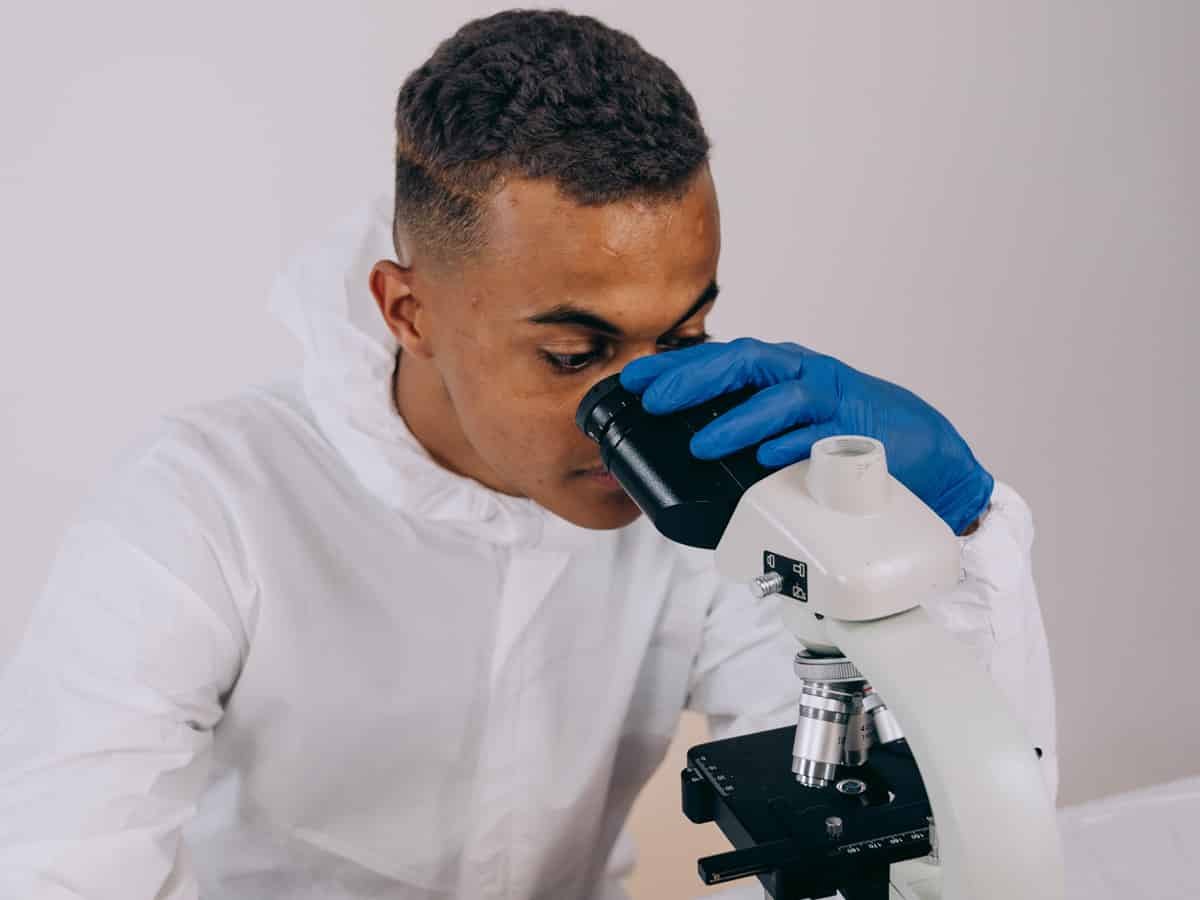The relentless cacophony of gravitational waves from a large number of supermassive black hole pairs creates a persistent humming of our universe…reports Asian Lite News
A team of researchers from IITH has published results from monitoring pulsars, nature’s best clocks, using six of the World’s most sensitive radio telescopes, including India’s largest telescope uGMRT which provide a hint of evidence for the vibrations of the fabric of the universe.
This team of IIT Hyderabad is a part of an international team of astronomers from India, Japan, and Europe.
According to the IIT, these results provide a hint of evidence for the relentless vibrations of the fabric of the universe, caused by ultra-low frequency gravitational waves.
Such waves are expected to originate from a large number of dancing monster black hole pairs, crores of times heavier than our Sun.
The team’s results are a crucial milestone in opening a new, astrophysically-rich window in the gravitational wave spectrum. The research team said that such dancing monster black hole pairs, expected to lurk in the centres of colliding galaxies, create ripples in the fabric of our cosmos, and astronomers call them nano-hertz gravitational waves as their wavelengths can be many lakhs of crores of kilometres.
The relentless cacophony of gravitational waves from a large number of supermassive black hole pairs creates a persistent humming of our universe.
The team, consisting of members of the European Pulsar Timing Array (EPTA) and Indian Pulsar Timing Array (InPTA) consortia, published their results in two papers in the Astronomy and Astrophysics journal, and their results hint at the presence of such gravitational waves in their data set. These results include an analysis of pulsar data collected over 25 years with six of the world’s largest radio telescopes, the research team added.
Emphasizing the importance of this result and IITH’s contribution, Prof B. S. Murty, Director, IITH, said, “Congratulations to the InPTA collaboration and the IITH team involved in this discovery. I am delighted that the state-of-the-art NSM Param Seva computing facility at IITH has helped to create these path-breaking results. This achievement also underscores the power of collaboration in attaining scientific benchmarking results.”
The IITH team, which took part in this discovery consists of Dr Shantanu Desai, faculty in the Department of Physics and Department of AI, Aman Srivastava, Physics PhD student, Divyansh Kharbanda (2023 BTech graduate in Engineering Physics), Swetha Arumugam (rising BTech senior in EE). Pragna Mamdipaka, is also part of InPTA and is playing an active role in ongoing InPTA efforts.
ALSO READ-Benz adds ChatGPT to voice control of its vehicles

